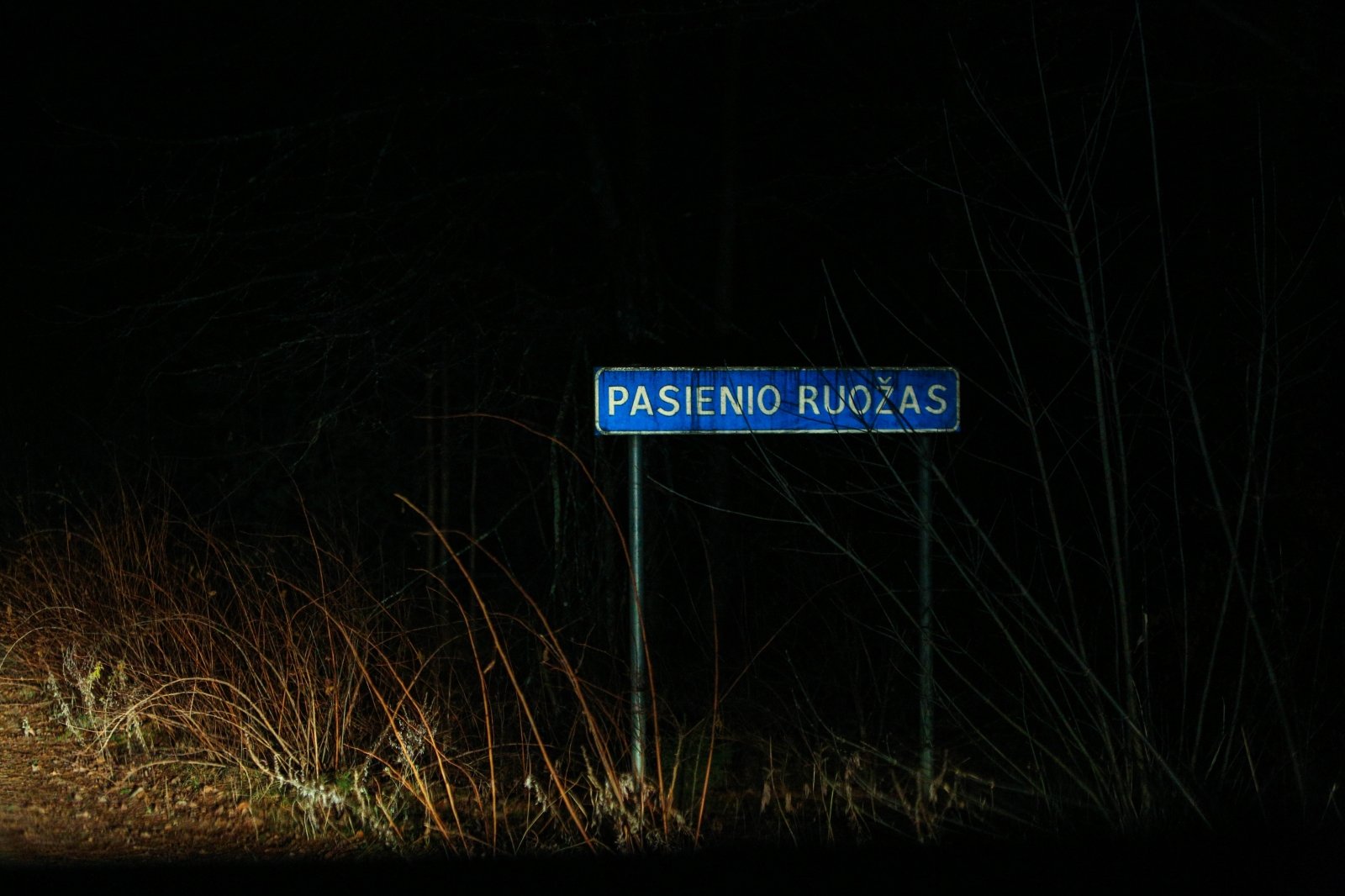• Construction activity is increasing in Europe and America, growth in Asia-Pacific is stagnating
• Germany: Construction activity index drops to +27 in the second quarter (previous quarter +37)
The results of the RICS Global Construction Monitor (GCM) for the third quarter of 2021 are analogous to the continued growth in the overall market. Nevertheless, the momentum has slackened somewhat worldwide. Susanne Eickermann-Riepe FRICS, CEO of RICS Germany: “The pressure in relation to material shortages and rising costs hardly changed in the third quarter.” 83 and 66% of those questioned stated these problems as the greatest obstacles.
Construction activity index drops slightly
On a global level, the overall index for construction activity (CAI) decreased slightly and reached a value of +18 compared to +25 in the previous quarter. Although it is still clearly positive, the momentum weakened slightly in the third quarter. A look at the regions shows that this slowdown is almost entirely due to the Asia-Pacific region, which has fallen to +3 after hitting +21 in the second quarter. Both Europe and America reported CAI values that are more or less unchanged from the second quarter. This indicates continued solid growth. At the country level, Saudi Arabia, the Netherlands, Ireland and Canada have the most positive CAI scores. At the other end of the scale are Malaysia, Singapore and Sri Lanka. In Germany, the CAI value drops from +37 in the second to +27 in the third quarter.
Construction activity expected to increase in all sectors over the next 12 months
At the global level, the twelve-month expectations for construction activity are consistently positive in all sectors. The infrastructure sector continues to be at the top with a net balance of + 49%, for which the respondents expect an increase, although this is slightly less high than with + 57% in the second quarter. The net balances for private residential construction reached a value of + 34% in the third quarter, commercial construction was + 32%. In the twelve-month forecast, the private housing sector has the highest expectations across Europe (net balance + 59%). In Germany, private residential construction leads with a net balance of + 45% (Q2: + 61%), followed by infrastructure with + 38% (Q2: + 40%) and commercial construction with + 23% (Q2: + 37%). The expectations for the coming 12 months for German residential construction fall significantly from + 65% to + 43%.
Employment prospects continue to improve
Globally, on balance, + 31% of survey participants expect an increase in the level of employment in the construction industry in the next year. This indicator has been improving steadily lately, from + 27% in the second and + 18% in the first quarter. Looking at the countries with the strongest employment prospects, respondents in Saudi Arabia, the Netherlands and Germany are the most confident, with a score of + 67%, that the number of employees will increase in the next 12 months, with projections coming later in the year Revised upwards in the quarter.
Pressure on material costs remains acute
Almost identical to the results of the second quarter, 83% of those surveyed worldwide cite material costs as an inhibiting factor. In Germany the value is 88%. In addition, 66% of those surveyed worldwide cite a material shortage as a brake on construction activity (Q2: 65%). Here the value in Germany is even much higher at 88% (Q2: 91%). The rising labor shortage is also seen as the reason for the obstacle in the German construction industry at 75% (Q2: 70%).
sustainability
In addition, the respondents were asked for their opinion on whether the focus of investors in the field of energy efficiency and carbon neutrality has changed in the past two years. The results show that around 35% of respondents worldwide believe that such investments are increasingly viewed as more attractive. At the regional level, Europe leads the way, because the proportion reporting this trend is significantly higher at 44%. However, the results on the question of the extent to which biodiversity is taken into account when planning projects are less encouraging. Here, the majority of those questioned indicate that the topic is the topic of less than 50% of the construction projects.
– .

